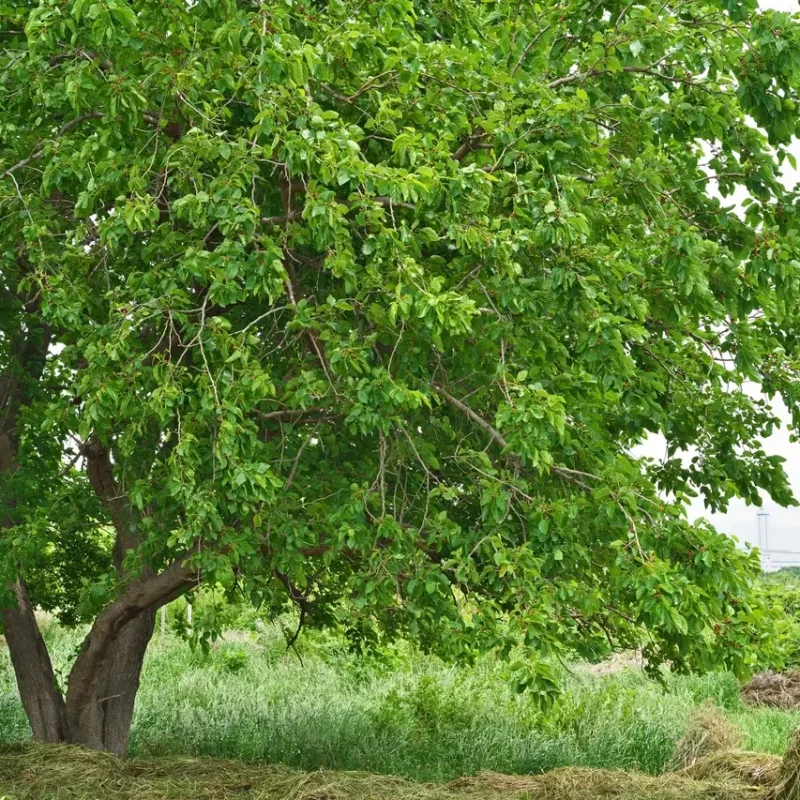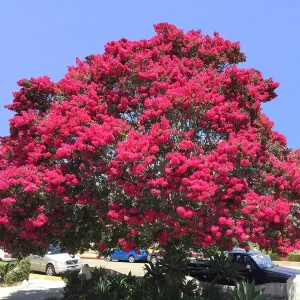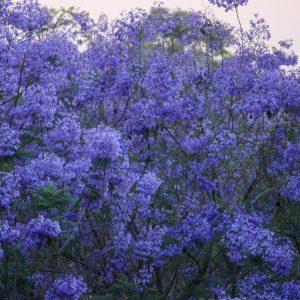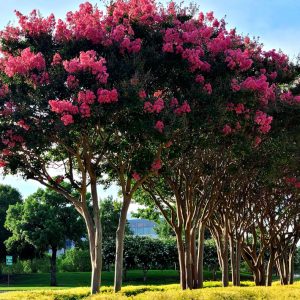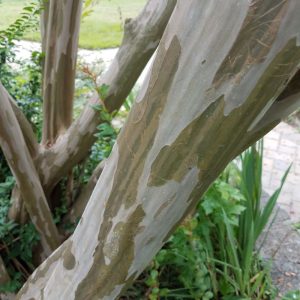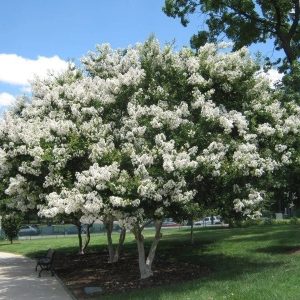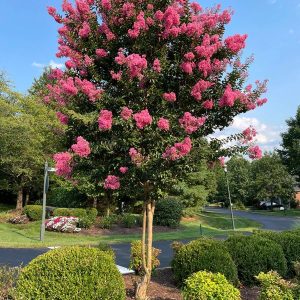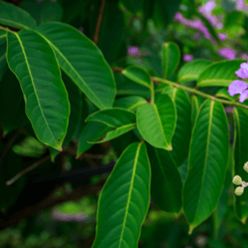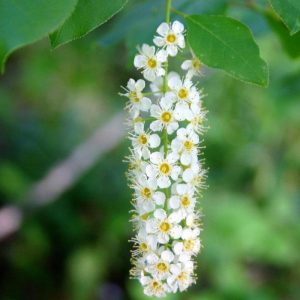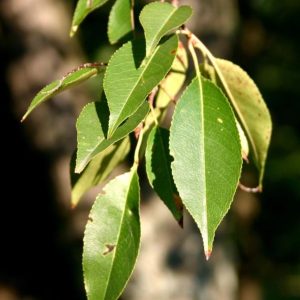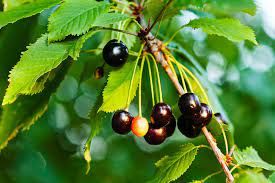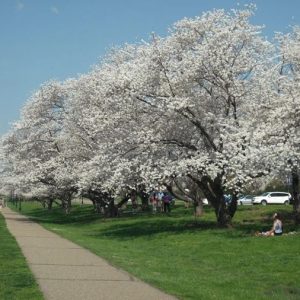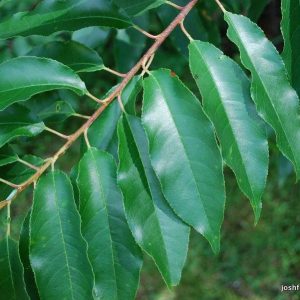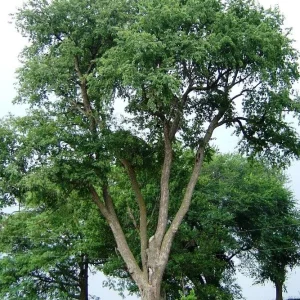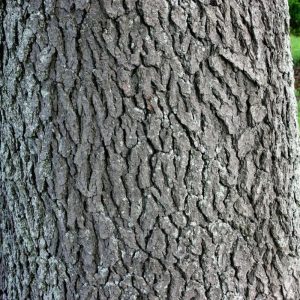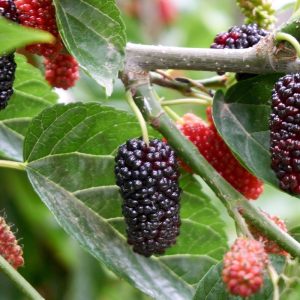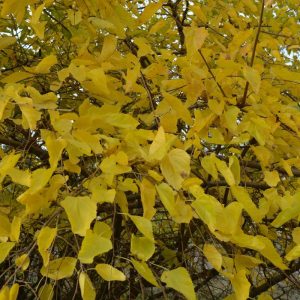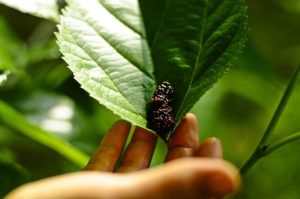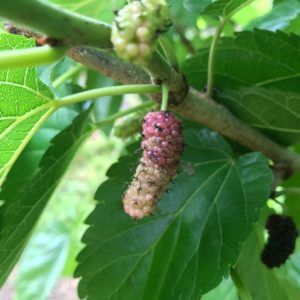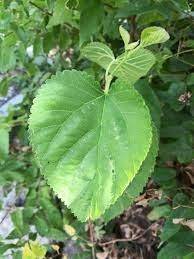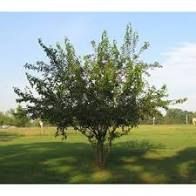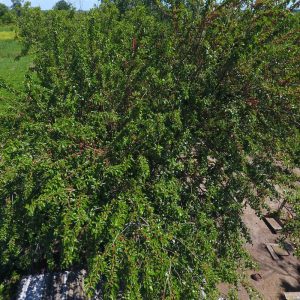THREE DECORATIVE / FRUIT SEEDLING CHOICES
Decorative or ornamental trees are grown for their stunning beauty. They may have outstanding flowers, fragrance, an unusual color or shape. Fruit trees usually provide shade and a bounty of delicious fruit.
CRAPE MYRTLE
GROWTH
Crape Myrtle, with its colorful and longest of all lasting blossoms, is a garden showpiece. Crape Myrtles grow in the form of a multi-stemmed shrub or small tree. Depending on the variety and training, they grow 15 - 30 feet in height with a crown of 15 - 20 feet.
Zones 6 - 11
CARE
The Crape Myrtle grows in all mild climate areas. They are drought resistant and grow in all types of soil. They grow best in warmer areas that get full sun. The amount of flowering is related to the amount of sunshine received.
INTERESTING FACT
The Crape Myrtle's flower petals resemble crinkled crepe-paper, hence their common names of "Crepe Flower" and "Crape Myrtle".
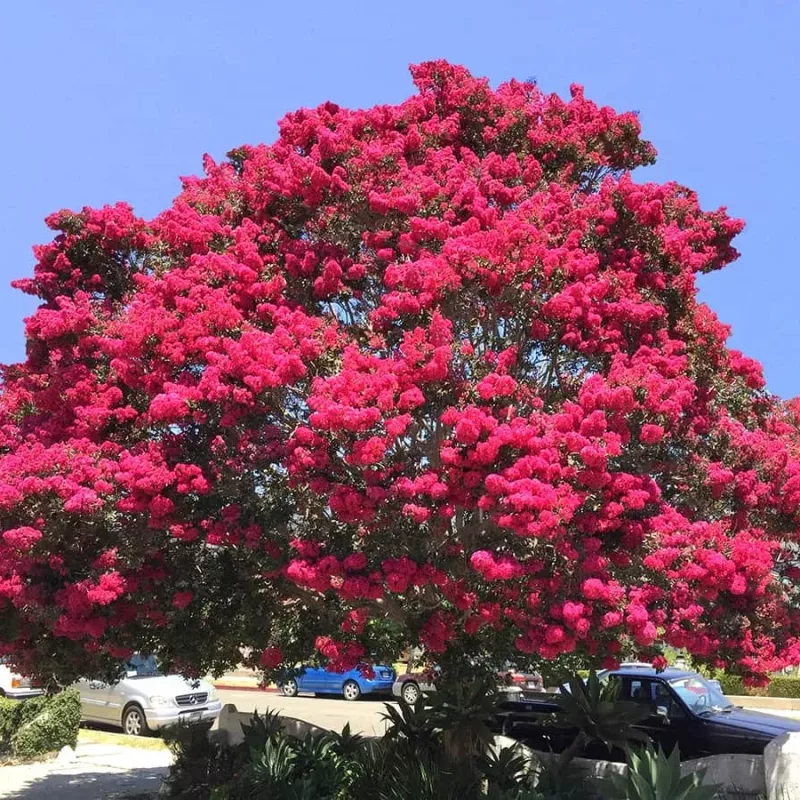
BLACK CHERRY
GROWTH
A Black Cherry tree can reach 60 - 80 feet in height, and 2 - 3 feet in diameter. They also develop crowns that are 30 - 60 feet wide. During the first ten years of the black cherry's life, its bark is thin, and nearly smooth.
Zones 3 – 9
CARE
Black Cherry trees grow well in full sun and tolerate light shade. They prefer soils that drain well and are loose, ranging from clay to sandy loam, acidic to alkaline. It has drought tolerance but prefers wetter environments.
INTERESTING FACT
This widespread species is the largest and most important native cherry. The valuable wood is used particularly for furniture, paneling, professional and scientific instruments, handles and toys. Wild cherry syrup is a cough medicine obtained from the bark. Jelly and wine are prepared from the fruit.
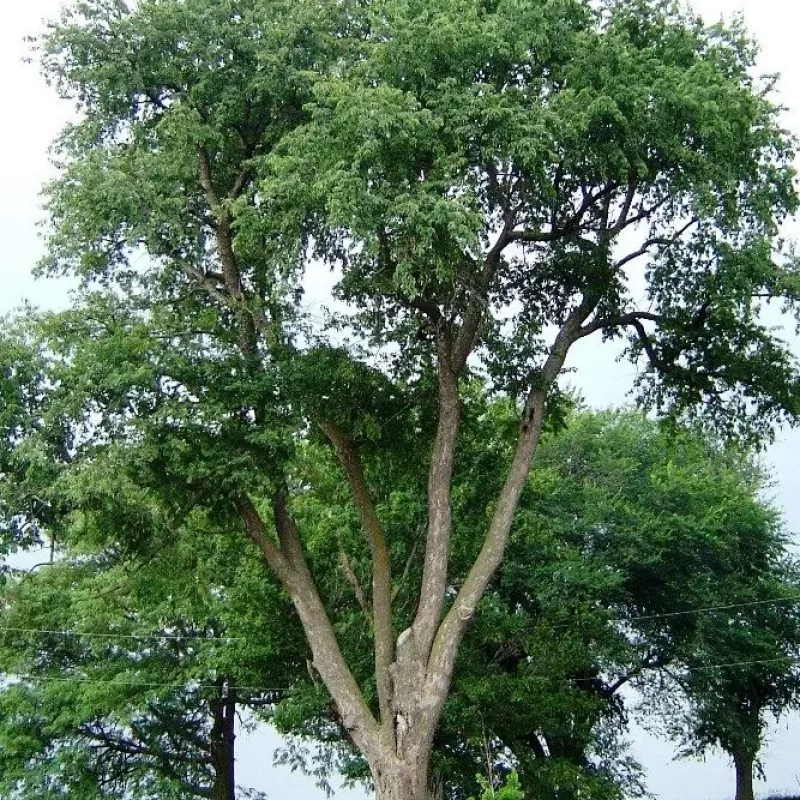
RED MULBERRY
GROWTH
Red Mulberry is a medium sized tree reaching approximately 50 - 70 feet in height. The trunk can reach a diameter of up to 2 feet. The broad, rounded crown consists of many shorter branches making it a desirable shade tree.
Zones 5 - 9
CARE
Red Mulberry trees are forgiving and adaptable. They thrive in full sun with at least 15 feet of space between individual trees. They can survive in many kinds of soil, but prefer loose, well-drained soil. Many mulberry varieties are somewhat drought and frost tolerant.
INTERESTING FACT
Red Mulberry trees, and mulberries in general, are nutritional powerhouses.
Their berries are rich in fiber, vitamin C, iron, and K. For a fruit, mulberries are high in protein. A cup has about 2 grams of protein. They are also a significant source of calcium, magnesium, and several other trace minerals. They are full of antioxidants (even the white fruit) that protect our bodies from oxidative stress that can lead to cancer and other diseases.
